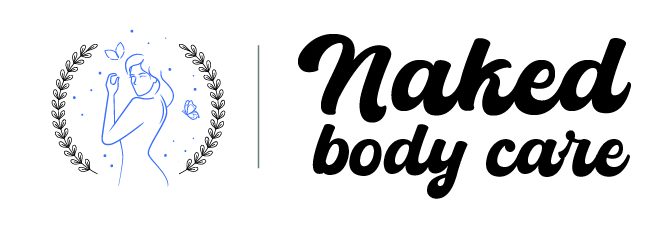Bears eat for days before falling into winter sleep. Birds move to warmer climates while squirrels hoard nuts, and then hunker down in warm hiding places to wait for the cold. Humans are more like rabbits in their approach to adapting to changing seasons by getting thicker winter coats. We pull out our trunks stuffed with sweaters, mufflers and garam banyans. But this is not the only thing we should change. To cope with the cold, dry, and shivering winds of winter, it’s a good time to make some changes to your skincare routine. It can feel like you’re going from plump grapes and shrivelled raisins to the same extent as if you were eating chocolate chips. Satan, not today.
There is no need to completely overhaul your skincare routine. Tweak India spoke to Dr Prinkal Gomte about winter skin care essentials. A cosmetic dermatologist and transplant surgeon, Dr Prinkal said that all skin types can make the same winter skincare changes. However, you will experience different changes.
“Lack of moisture can cause oily skin to produce more oil to compensate. Gomte says that it could be a matter of applying a little bit of sebum to the skin and not getting deeper hydration. You might also notice dry patches.
The colder air can initially feel like a Christmas present. Low humidity and a drop in temperature can work together to reduce the appearance of pores. The rate of sebum production slows down. It’s only temporary. ( These are some other lasting ways to minimize the appearance of pores.
It can be difficult to let go of a recipe that you worked so hard to perfect. You don’t have to give up on a routine that took you a long time to put together. It can be demoralizing to feel like a flaky paratha covered in shiny butter. This is a delicious snack but not the best look.
Make your skin healthy and glowing with these Winter skincare tips
Glycolic acid, the star ingredient in the alpha-hydroxy acid family (AHA), is the MVP. However, winter might not be the best season to use this ingredient. It is a great chemical exfoliant that can be used to remove dead skin cells, even out skin pigmentation, and prevent post-inflammatory hyperpigmentation. For winter skincare, however, it is best to use lactic or mandelic acids, which are gentler cousins.
In winter, it is important to continue exfoliating as dead skills cells accumulate. However, due to the increased skin sensitivity, a gentler approach is recommended. Glycolic acid is by far the most powerful of all the AHAs. However, lactic and mandelic acids are equally effective, even if they work slower.
To achieve the perfect balance between exfoliating and maintaining skin hydration, look for exfoliating ingredients that are formulated as creams or paired together with hydrating agents like glycerin.
Lip balms or chapsticks may have been sufficient during summer but winter can make it worse if your lips are chapped or have cheilitis (inflammation).
When our lips feel dry, we instinctually lick them. Mona Gohara, dermatologist, says that you can develop a “lip-licker’s skin rash”, which is characterized by pinkish and scaly lip. Your lips become more chapped and trap you in an endless cycle.
Roy Seidenberg, a dermatologist, says that patients suffering from dry skin or eczema are most likely to lick their lips constantly.
You may have used lip masks as part of your nightly routine, but you might also like to use it during the day. You can also layer your hydrating serum with Vaseline at night, after patch testing it on small parts of your lips.
Well Wonder founder Dr Kamaldeep Manak from the UK told us that exfoliating your lips is a good idea. A warm, damp towel is enough to do the job. However, you need to moisturise afterward.
Exfoliating toners work well in summer, as they are light on the skin while providing hydration and a gentle exfoliation. They are also less intimidating than chemical exfoliation with serums due to their watery texture.
You don’t have to make a complete switch here. You might prefer a slower skin cycle. You can keep your exfoliation to one day per week and then use a milky, heavier moisturizer as your first step in skincare after cleansing.
Milky toners, a light and creamy cream-based product that doubles the hydration of your skin before you start your day. Apply to damp skin to lock in the hydration.


